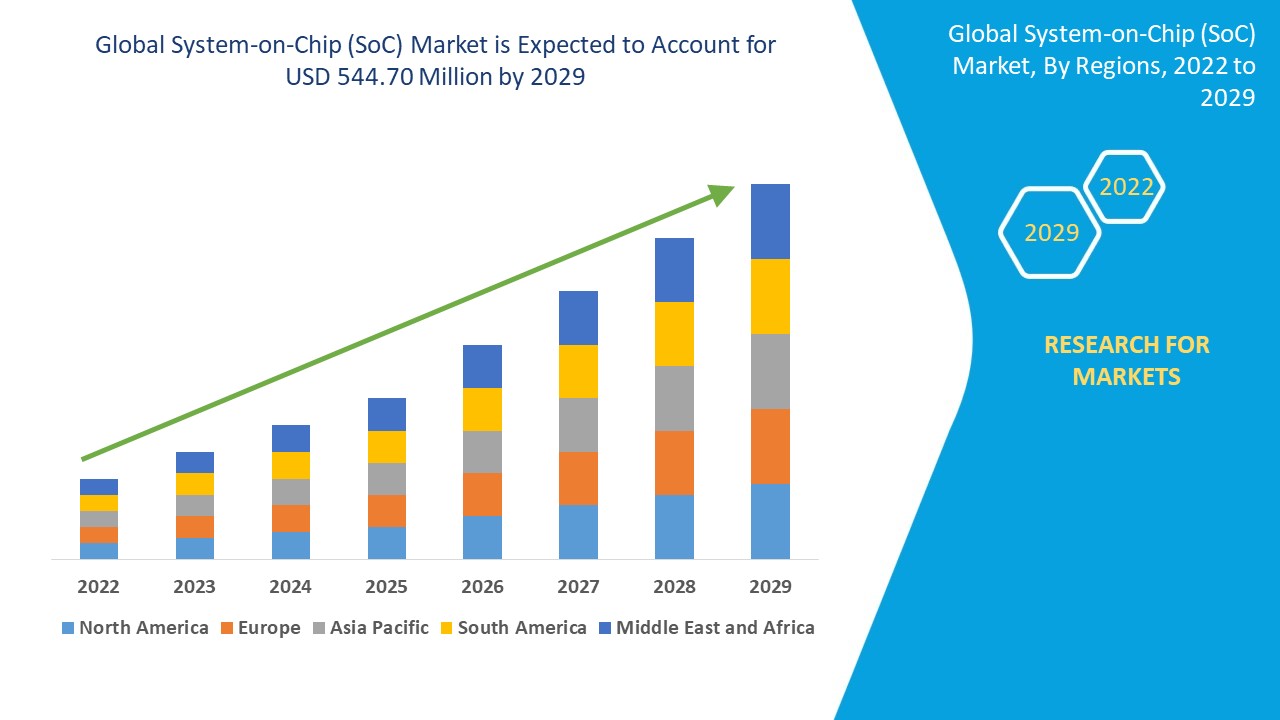The SoC Market Leaders and the Ongoing CPU Developments
Qualcomm Still Leads the Smartphone SoC Market
According to a report by Counterpoint Research in late 2017, Qualcomm captured the largest share of 42% in the global smartphone System-on-Chip (SoC) market during the third quarter of 2017. Apple’s Ax series of mobile chips came second with a 20% market share, although it was a decline from the previous year’s 21% share. MediaTek finished third with 14% share while Samsung and Huawei’s HiSilicon brand captured 11% and 8% share respectively. However, in the premium smartphone segment priced over $400, Qualcomm saw its share shrink as smartphone makers like Samsung, Apple, and Huawei adopted more vertical integration strategies using their own chipsets.

Incremental CPU Performance Gains from Intel
Intel has seen little improvement in single-thread CPU performance for the past three years because it has reached the limits of the 14nm manufacturing process and Skylake CPU microarchitecture. However, Intel managed to extract additional 10% performance yearly by gradually raising clock speeds. Intel significantly grew the total performance by doubling core counts from four cores to eight cores. Intel’s next leap won’t come until 2020 when it ships 10nm CPUs along with a new CPU architecture, allowing higher clocks through a smaller process node and architectural optimizations.
Apple Makes Continuous Progress but Comparisons are Complex
While Apple CPUs cannot match the single-thread performance of desktop Intel CPUs, Apple was able to make more progress as it has farther to reach the limits. Apple squeezed performance gains through die shrinks from 14nm to 7nm and core count increases. However, comparing Apple mobile chips to Intel desktop CPUs is like comparing “oranges to apples” since they target different domains. A fair assessment would be comparing Apple chips to other mobile SoCs like Qualcomm’s Snapdragon series used widely in Android phones. Additionally, saying a new Apple CPU offers 2X overall performance due to doubling cores is misleading without considering many software cannot leverage extra cores.
Multi-Core Performance Boosts and the CPU Power Budget
Doubling or increasing core counts is a popular marketing claim of 50-100% overall performance boosts. However, for most consumer software, only a small portion can run in parallel over multiple cores while many tasks need to wait for previous tasks to complete. For example, most games in the past could not use extra cores effectively. Moreover, cramming extra cores into the same power budget means lower individual core performance. As such, the actual benefit depends on how software can leverage the added cores. For moderately multi-threaded workloads, the benefit may be underwhelming. CPU and power constraints also mean mobile chips cannot reach the raw performance of desktop CPUs.
Intel Faces Long-Term Architectural Challenges
After years of incremental 14nm optimizations, Intel aims to return to annual IPC improvements with the 10nm Sunny Cove microarchitecture and manufacturing process in 2019. However, the difficulties in 10nm ramp up have been a setback. Several delays in 10nm have allowed competitors like AMD to close the performance gaps in desktops and servers. Moreover, Intel’s current CPU design is optimized for frequency scaling, which is hitting fundamental physical limits in the sub-7nm era. This means Intel will require even more radical redesigns for 5nm and below to keep up performance leadership long-term.
The Rise of Specialized Co-Processors
Modern chips deploy specialized co-processors for AI, graphics, and other workloads. For example, Apple’s A-series SoCs feature dedicated Neural Engine hardware accelerators for machine learning. Nvidia also builds powerful Tensor Core AI processors. The emphasis has shifted from sheer CPU performance to optimized solutions for emerging tasks through domain-specific hardware. Co-processors allow better performance-per-watt than general CPU cores alone for niche workloads. This trend will intensify as AI ubiquitous computing becomes reality in the next few years.
Future Outlook - More Cores, New Materials and Manufacturing Breakthroughs
Looking forward, both Intel and Apple will double-down on adding more CPU cores to extract further performance gains within the same power constraints. New CPU core designs optimized for multi-threading will better harness the parallelism of multi-core chips. Additionally, disruptive manufacturing technologies like silicon nanowires and graphenes may enable weekly process technology improvements again. Novel materials beyond CMOS could provide 100x density growth, superceding Moore’s Law. There is also non-Silicon research using spintronics, quantum computing, and even biological computing. The next decade promises drastic changes from both architectures and materials science innovation.
